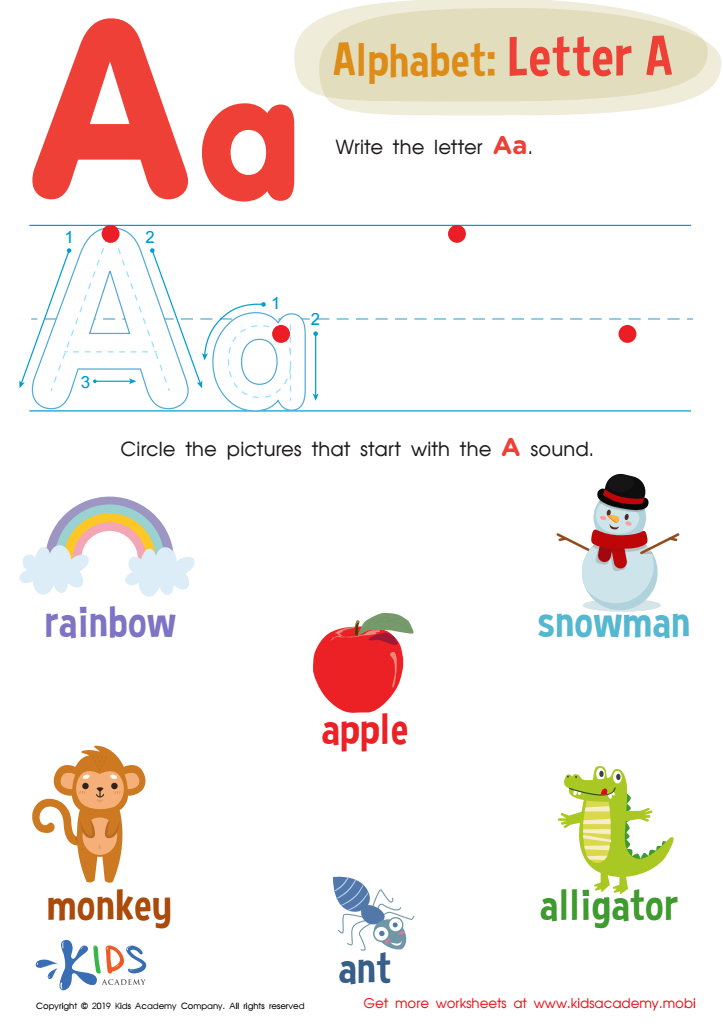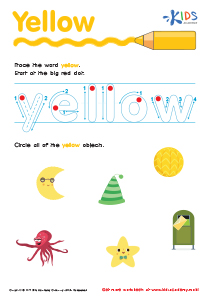Alphabet tracing Normal English for Beginners Worksheets for 8-Year-Olds
5 filtered results
-
From - To
Discover the perfect blend of fun and education with our Alphabet Tracing Normal English for Beginners Worksheets, designed specifically for 8-year-olds. These engaging worksheets focus on helping young learners develop fine motor skills while mastering lowercase and uppercase letters. Perfect for children learning English as a second language, each worksheet offers clear, structured practice that makes mastering the alphabet an enjoyable experience. With colorful illustrations and easy-to-follow instructions, our alphabet tracing worksheets ensure that learning remains an exciting adventure. Equip your child with the skills they need to excel in reading and writing with these expertly designed resources.


Letter P Tracing Page


Letter Q Tracing Page


Letter H Tracing Page


Letter A Tracing Worksheet


Letter D Tracing Page
Alphabet tracing is integral to an 8-year-old’s foundational education because it enhances multiple core learning skills. Firstly, it significantly improves fine motor skills. By guiding a pencil or crayon along specific patterns, children develop the hand-eye coordination and muscle control necessary for clear handwriting. These abilities transcend into other tasks requiring dexterity, such as cutting with scissors or tying shoelaces.
Secondly, alphabet tracing reinforces letter recognition and writing fluency. As children repeatedly trace letters, they become more familiar with their shapes and sounds, solidifying their reading foundation. This fluency also enables smoother transition from tracing to freehand writing, making future writing assignments less daunting.
Alphabet tracing also offers cognitive benefits. It promotes concentration and patience, as children must slow down and focus on staying within the lines or patterns. This attention to detail translates to fewer mistakes and more precise written communication.
From a social perspective, mastering alphabet tracing boosts a child's confidence and academic self-esteem. Being able to write legibly empowers children in various classroom activities and supports effective communication with teachers and peers.
Ultimately, parents and teachers should prioritize alphabet tracing for 8-year-olds as it combines motor skills, cognitive development, academic readiness, and emotional growth—a holistic approach crucial for a child’s comprehensive education.
 Assign to My Students
Assign to My Students

















